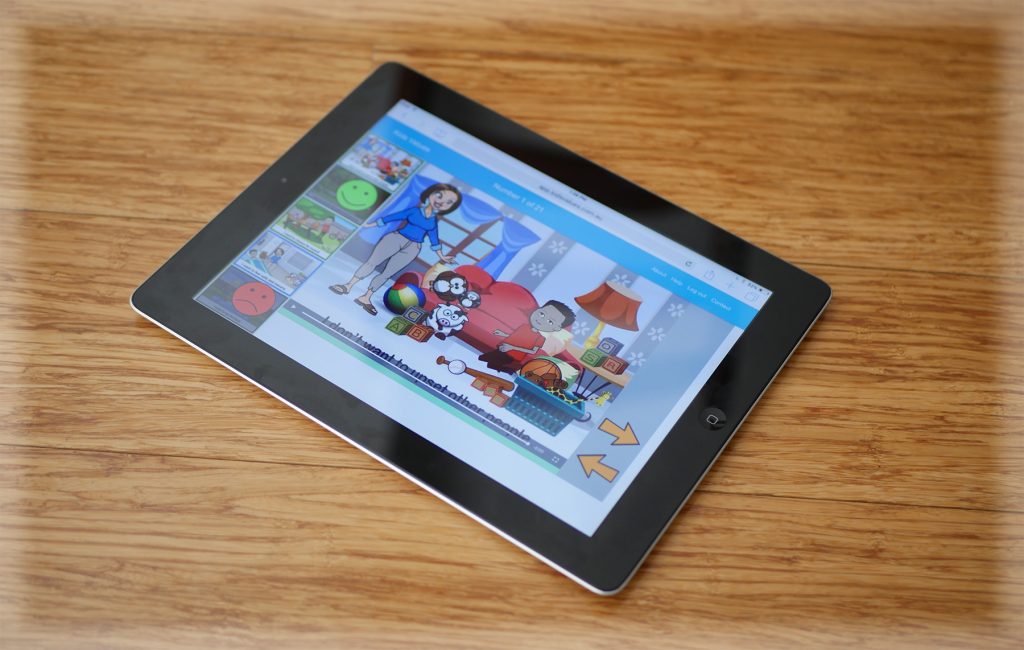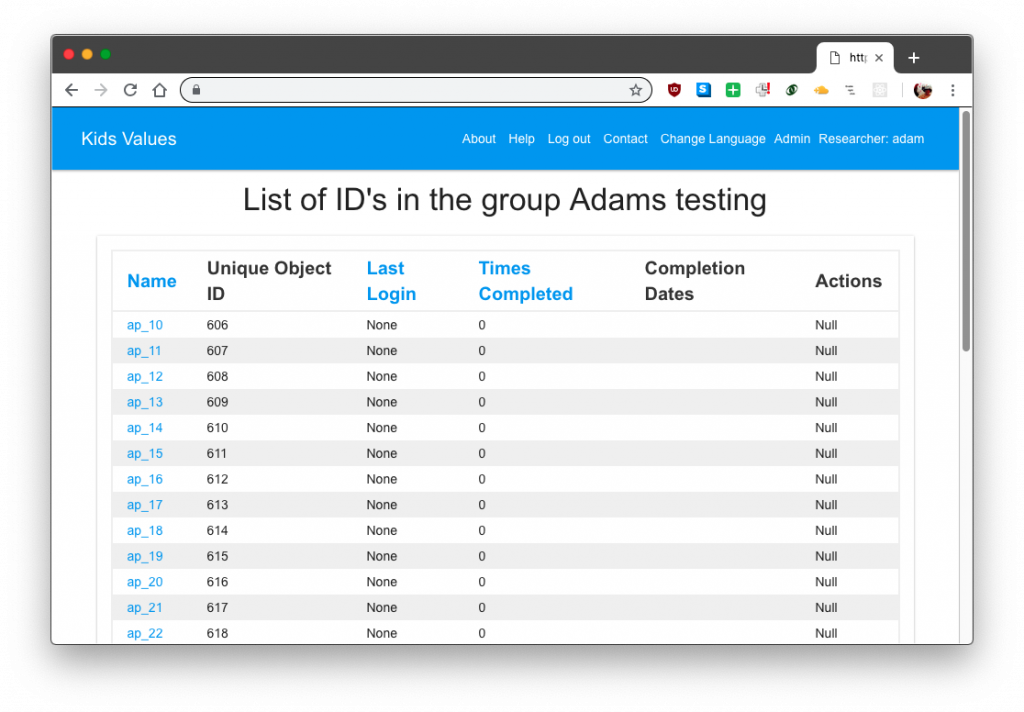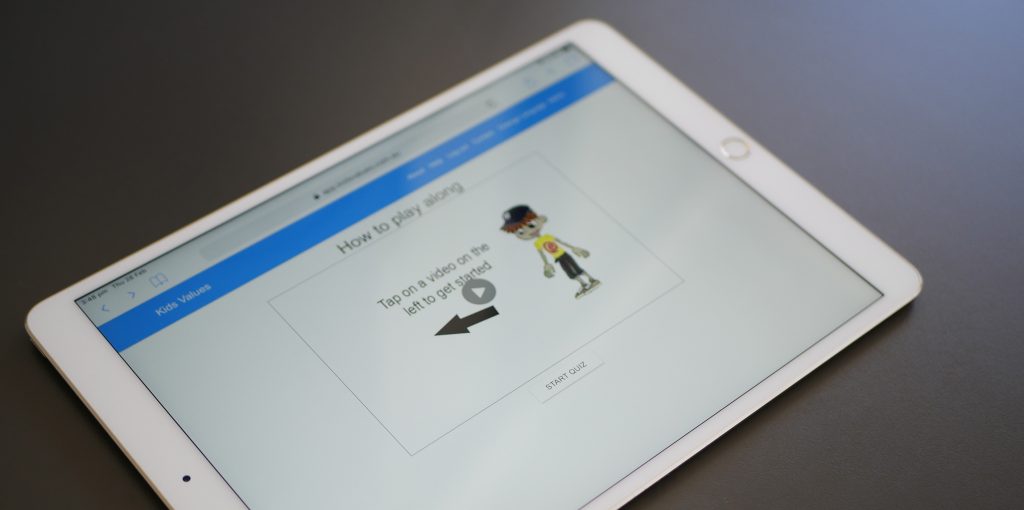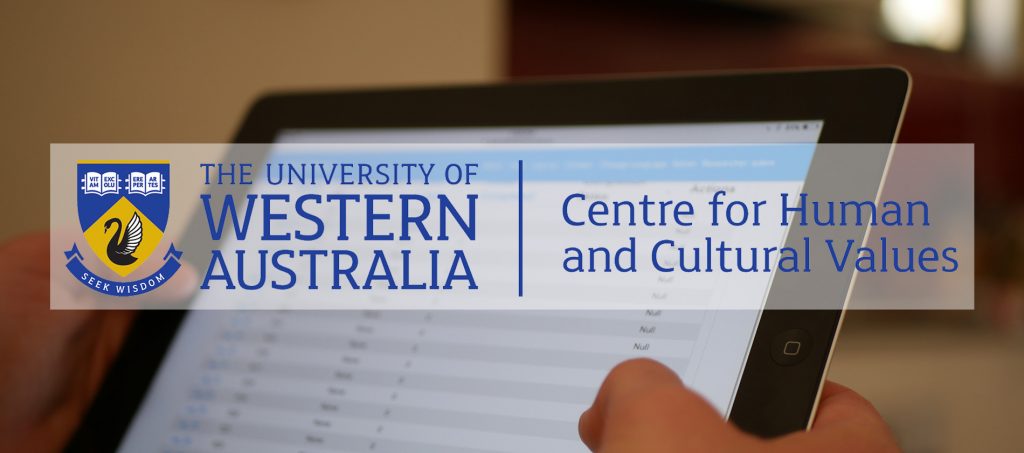Well, that was a mouthful. A research project at the University of Western Australia sought to gather what values matter most to children in primary school. Initially the researchers had enlisted a student project team within the university to create the app that would be used in schools across the world, but this was wrought with issues. As the sole developer for the new project, I created a whole new web application to meet the researchers’ needs.


In short; The project revolves around
- 21 different cultural values, of which;
- 21 short animated videos were produced that represent these values.
- The children are prompted to respond positively and negatively to these videos
- A series of 21 quizzes containing 5 videos each are presented
- The child is asked to pick the “Happiest” and “Saddest” values of those 5 videos presented
My job was to develop the app & platform to facilitate this data collection.

Strict data safety requirements were enforced from the start. This research spans multiple universities around the globe, with a range of academic collaborators running the collection in their respective countries. This meant a lot of privacy law interpretation, and subsequently, tight control around user privacy, identifiability, and access by other academics (not to mention meeting ethics approval!) meaning this app has been developed tightly to protect all stakeholders, and ensure only those who are authorized may access this sensitive information

The user interface was paramount to the apps success. You may have noticed the bright colours, minimal text and large buttons. We iterated many designs, and used the feedback from student test groups in Perth & Israel to refine the user interface to be as friendly as possible. Upon starting the quiz, the interface and content is modified for a range of languages and genders, in order to be as relatable to the child as possible. We took great care to make sure the emotional response cues are friendly to those experiencing colour blindness, dyslexia, epilepsy, and autism spectrum. Multiple differentiating cues are used to invoke the appropriate response as often as possible.
Feedback of the app has been very well received, and I’m very excited to see the results of the research.
Unfortunately, I may not provide a link to the resource or a demonstration to the public at this time.
